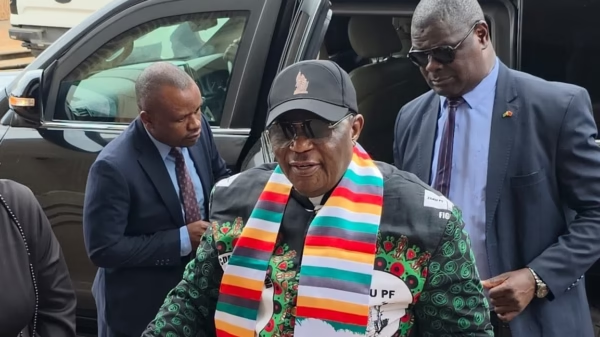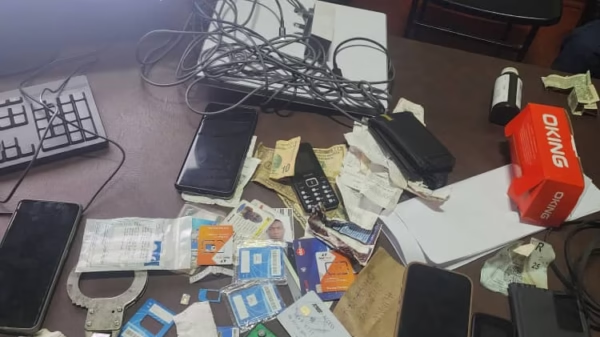New standard plastic driver’s licences linked to a database will soon replace the metal licences still being issued so Zimbabwean licences will be scanable and meet the international standards of SADC, the Common Market for Eastern and Southern Africa (COMESA) and the East African Community.
In the region, South Africa and some other countries already use plastic licences also known as plastic polymer licences.
The new licences will also allow more categories, making it harder for a driver passing a test in a small slow car and then racing away in a large luxury model.
At present, those who pass the Zimbabwe driving tests at VID depots countrywide, are immediately issued with a temporary paper licence before obtaining the metal licence a few months later.
One of the advantages of the new plastic licences is that they will be printed instantly and have security features that will make them difficult to forge, as well as being scanable so checks can immediately confirm authenticity and reveal any legal issues.
The plastic discs will be issued from June 19, after launching the new national driver’s licences.
Speaking yesterday, Transport and Infrastructural Development Minister Felix Mhona said the Second Republic was committed to formulating robust legal, policy and administrative mechanisms to improve road safety performance in line with the National Development Strategy (NDS) 1.
“In January this year, we held the National Road Safety Indaba which resolved to introduce speed-limiting devices, vehicle tracking devices and a Government-monitored vehicle tracking system for all public service buses. The vehicle tracking system will ensure compliance with prescribed speed limits, and make it easier to identify, in real-time, the driver of a particular bus. Pursuant to this, legal frameworks to introduce speed limiting and monitoring devices will soon be introduced,” he said.
The ministry was committed to improving the capacity of all traffic law enforcement agents by embracing information communication technology and digital technologies to record violations and enforce traffic regulations.
“This is also consistent with the objectives of NDS 1, to modernise the economy using ICT and other digital technologies.
“My ministry will also establish a national call centre for the public to report those using unsafe vehicles and report negligent and reckless driving.
“The new national driving licence system that we will be launching soon will also enhance our capacity to develop an electronic database of all licenced drivers which will be linked to all relevant stakeholders and enforcement agencies.
“The 13 categories of the new driving licence conform to the requirements of the United Nations Convention on Road Traffic; International Organisation for Standardisation and International Electro-technical Commission,” he said.
He said the 13 categories of the new driving licence will, amongst others, make provision for the combination categories of a vehicle and trailer.
“The new categories will also accommodate the different sizes of vehicles and prevent the current scenario where drivers are tested on a small vehicle and then be authorised to drive a very large vehicle which the driver may not be able to control in a safe manner,” he said.

For comments, Feedback and Opinions do get in touch with our editor on WhatsApp: +44 7949 297606.










































